Network pharmacological mechanisms of Vernonia anthelmintica (L.) in the treatment of vitiligo: Isorhamnetin induction of melanogenesis via up-regulation of melanin-biosynthetic genes
- PMID: 29145845
- PMCID: PMC5691595
- DOI: 10.1186/s12918-017-0486-1
Network pharmacological mechanisms of Vernonia anthelmintica (L.) in the treatment of vitiligo: Isorhamnetin induction of melanogenesis via up-regulation of melanin-biosynthetic genes
Abstract
Background: Vitiligo is a long-term skin disease characterized by the loss of pigment in the skin. The current therapeutic approaches are limited. Although the anti-vitiligo mechanisms of Vernonia anthelmintica (L.) remain ambiguous, the herb has been broadly used in Uyghur hospitals to treat vitiligo. The overall objective of the present study aims to identify the potential lead compounds from Vernonia anthelmintica (L.) in the treatment of vitiligo via an oral route as well as the melanogenic mechanisms in the systematic approaches in silico of admetSAR and substructure-drug-target network-based inference (SDTNBI).
Results: The results showed that the top 5 active compounds with a relatively higher bioavailability that interacted with 23 therapeutic targets were identified in Vernonia anthelmintica (L.) using admetSAR and SDTNBI methods. Among these compounds, Isorhamnetin and Kaempferide, which are methyl-flavonoids, performed 1st and 2nd. Isorhamnetin and Kaempferide significantly increased the expression of melanin-biosynthetic genes (MC1R, MITF, TYR, TYRP1 and DCT) and the tyrosinase activity in B16F10 cells. Isorhamnetin and Kaempferide significantly increased the mRNA-expression of melanin-biosynthetic genes (MC1R, MITF, TYR, TYRP1 and DCT), the protein level of MITF and the tyrosinase activity. Based on the SDTNBI method and experimental verification, Isorhamnetin and Kaempferide effectively increased melanogenesis by targeting the MC1R-MITF signaling pathway, MAPK signaling pathway, PPAR signaling pathway (PPARA, PPARD, PPARG), arachidonic acid metabolism pathway (ALOX12, ALOX15, CBR1) and serotonergic synapses (ALOX12, ALOX15) in the treatment of vitiligo from a network perspective.
Conclusion: We identified the melanogenic activity of the methyl-flavonoids Isorhamnetin and Kaempferide, which were successfully predicted in a network pharmacological analysis of Vernonia anthelmintica (L.) by admetSAR and SDTNBI methods.
Keywords: AdmetSAR; Isorhamnetin; Kaempferide; Melanogenesis; Substructure-drug-target network-based inference; Vernonia anthelmintica (L.); Vitiligo.
Conflict of interest statement
Ethics approval and consent to participate
Ethical approval (NO. A2016–083) was given by the medical ethics committee of the First Affiliated Hospital of medical college, Shihezi University.
Consent for publication
Not applicable.
Competing interests
The authors declare that they have no competing interests.
Publisher’s Note
Springer Nature remains neutral with regard to jurisdictional claims in published maps and institutional affiliations.
Figures
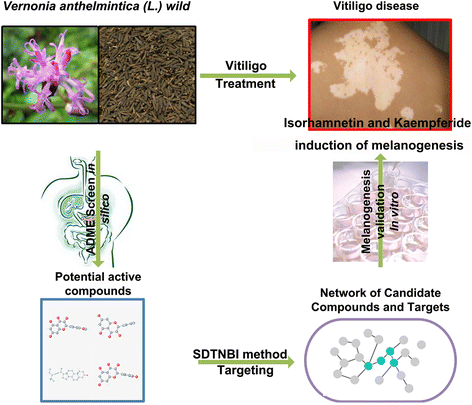
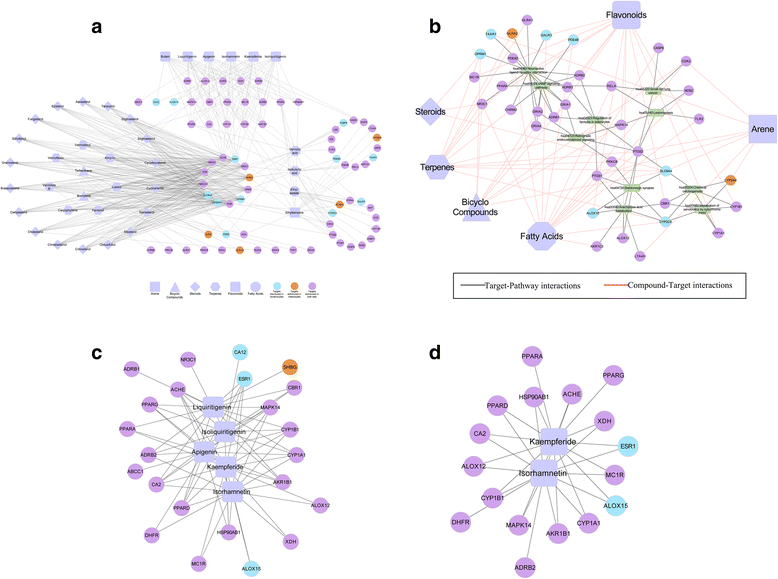
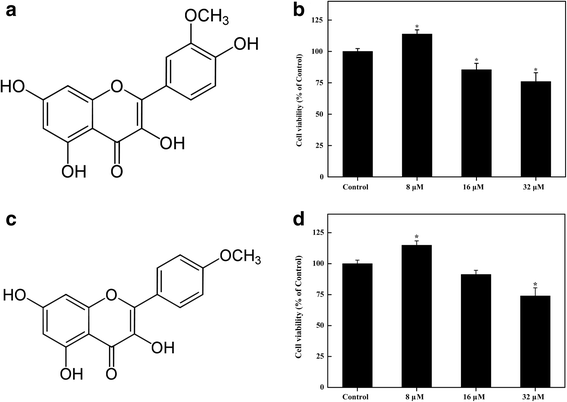
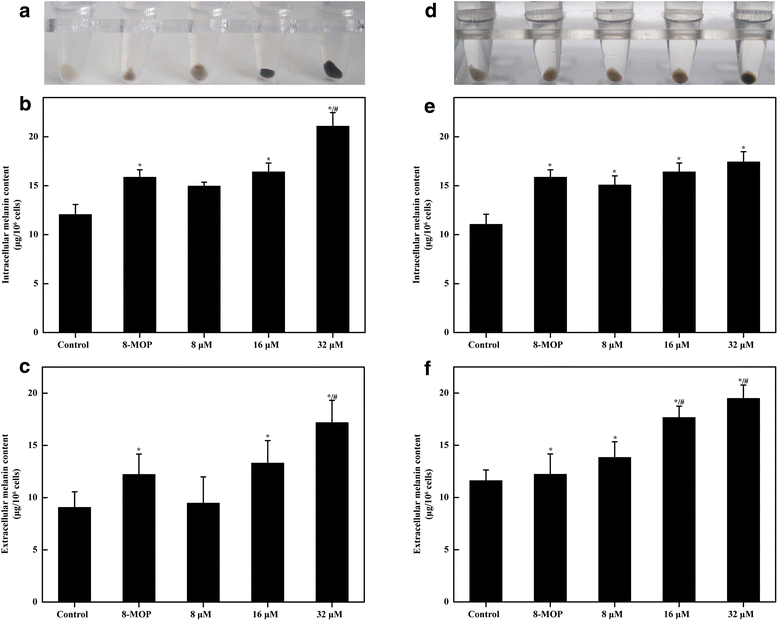
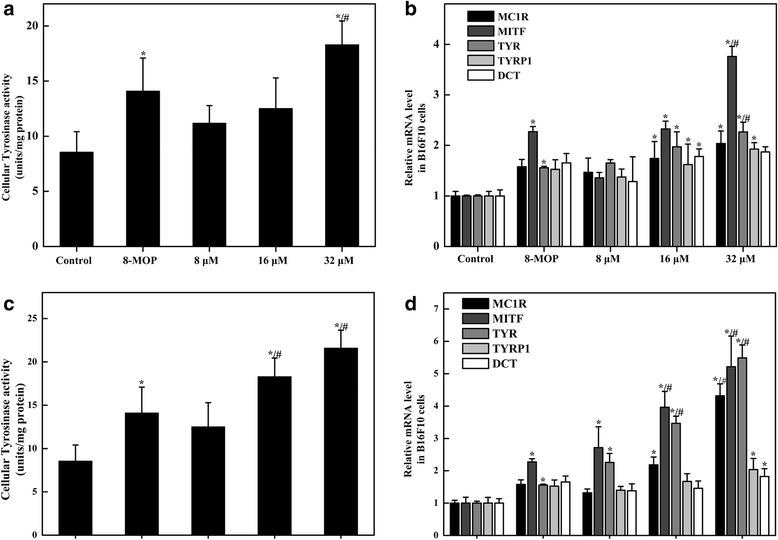
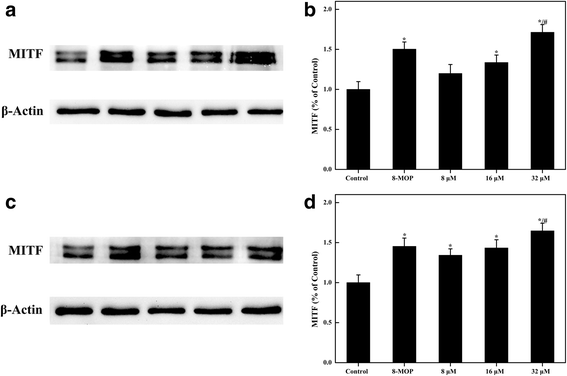
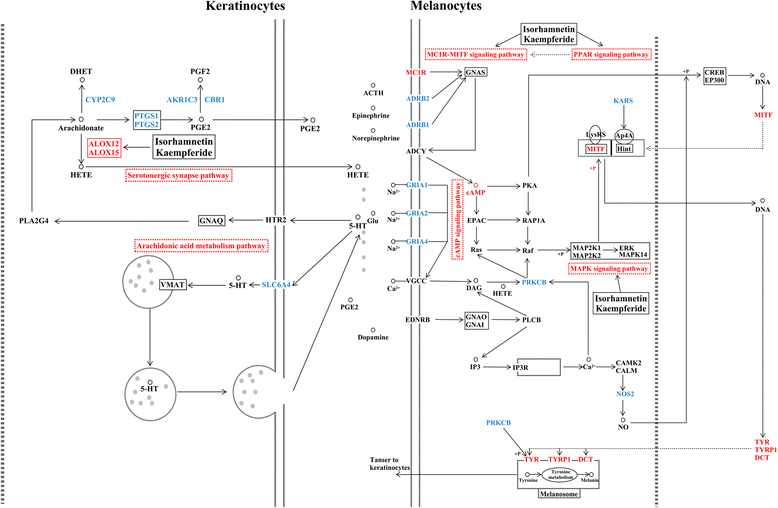
Similar articles
-
[The network pharmacological mechanisms of four anti-vitiligo Uyghur medicines based on Phlegmatic temperament theory].Zhongguo Zhong Yao Za Zhi. 2018 May;43(9):1780-1788. doi: 10.19540/j.cnki.cjcmm.2018.0061. Zhongguo Zhong Yao Za Zhi. 2018. PMID: 29902886 Chinese.
-
Potential anti-vitiligo properties of cynarine extracted from Vernonia anthelmintica (L.) Willd.Int J Mol Med. 2018 Nov;42(5):2665-2675. doi: 10.3892/ijmm.2018.3861. Epub 2018 Sep 6. Int J Mol Med. 2018. PMID: 30226537 Free PMC article.
-
Alcohol extract from Vernonia anthelmintica (L.) willd seed enhances melanin synthesis through activation of the p38 MAPK signaling pathway in B16F10 cells and primary melanocytes.J Ethnopharmacol. 2012 Sep 28;143(2):639-47. doi: 10.1016/j.jep.2012.07.030. Epub 2012 Jul 31. J Ethnopharmacol. 2012. PMID: 22867636
-
Vernonia anthelmintica (L.) Willd.: An ethnomedicinal, phytochemical, pharmacological and toxicological review.J Ethnopharmacol. 2020 Jun 28;256:112777. doi: 10.1016/j.jep.2020.112777. Epub 2020 Mar 20. J Ethnopharmacol. 2020. PMID: 32205258 Review.
-
Upregulation of Melanogenesis and Tyrosinase Activity: Potential Agents for Vitiligo.Molecules. 2017 Aug 4;22(8):1303. doi: 10.3390/molecules22081303. Molecules. 2017. PMID: 28777326 Free PMC article. Review.
Cited by
-
Morin Induces Melanogenesis via Activation of MAPK Signaling Pathways in B16F10 Mouse Melanoma Cells.Molecules. 2021 Apr 8;26(8):2150. doi: 10.3390/molecules26082150. Molecules. 2021. PMID: 33917985 Free PMC article.
-
Plant-Derived Compounds as Promising Therapeutics for Vitiligo.Front Pharmacol. 2021 Nov 11;12:685116. doi: 10.3389/fphar.2021.685116. eCollection 2021. Front Pharmacol. 2021. PMID: 34858164 Free PMC article. Review.
-
Two High-Quality Cygnus Genome Assemblies Reveal Genomic Variations Associated with Plumage Color.Int J Mol Sci. 2023 Nov 29;24(23):16953. doi: 10.3390/ijms242316953. Int J Mol Sci. 2023. PMID: 38069278 Free PMC article.
-
Efficacy and safety of Chinese patent medicine compound preparation combined with routine treatment in vitiligo: A Bayesian network meta-analysis.Medicine (Baltimore). 2023 Oct 13;102(41):e35327. doi: 10.1097/MD.0000000000035327. Medicine (Baltimore). 2023. PMID: 37832097 Free PMC article.
-
Virtual screening, optimization design, and synthesis analysis of novel benzofuran derivatives as pan-genotypic HCV NS5B polymerase inhibitors using molecular modeling.BMC Chem. 2025 Jul 4;19(1):199. doi: 10.1186/s13065-025-01575-2. BMC Chem. 2025. PMID: 40615885 Free PMC article.
References
MeSH terms
Substances
LinkOut - more resources
Full Text Sources
Other Literature Sources
Medical
Miscellaneous

